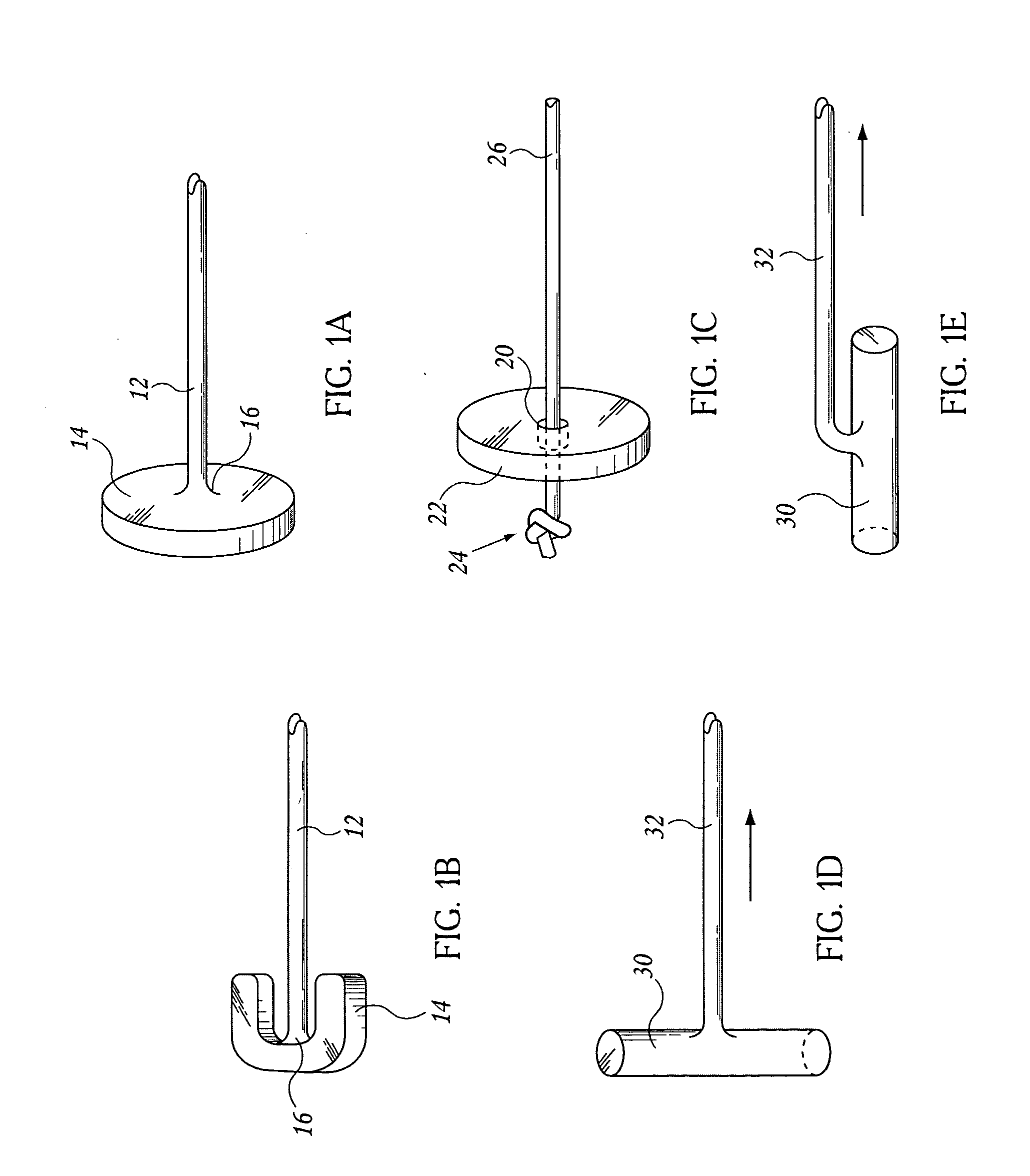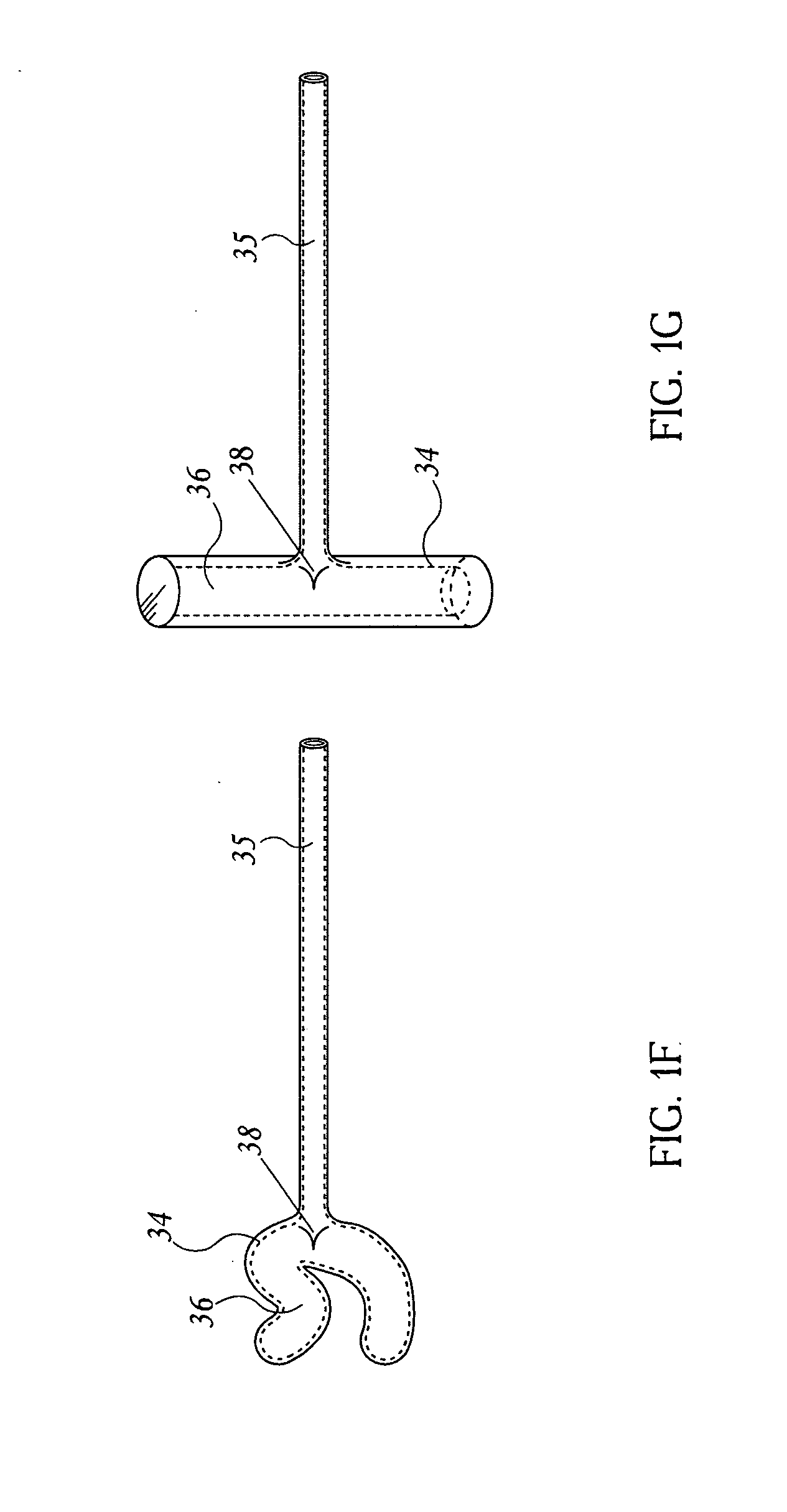Methods and devices for the surgical creation of satiety and biofeedback pathways
a biofeedback pathway and surgical technology, applied in the field of methods and devices for implanting devices, can solve the problems of affecting life quality and productivity, long-term health related complications, and quickly overpowering societal resources, and achieve the effect of improving the intragastric balloon device and longer-term implantation
- Summary
- Abstract
- Description
- Claims
- Application Information
AI Technical Summary
Benefits of technology
Problems solved by technology
Method used
Image
Examples
Embodiment Construction
[0067] The region behind the stomach is referred to as the lesser peritoneal sac. It is a potential space between the retroperitoneum and the posterior wall of the stomach. To the left of the midline, the posterior wall of the stomach is generally free from the peritoneal surface of the retroperitoneum. To the right of the midline, the posterior wall of the stomach is more adherent to the retroperitoneum although the adherence is generally loose and the adhesions can be broken up rather easily with gentle dissection.
[0068] The stomach is comprised of several layers. The inner layer is the mucosa. The next layer is the submucosa followed by the outer muscular layers. Surrounding the muscular layers is the serosal layer. This layer is important with regard to implants and healing because it is the adhesive layer of the stomach; that is, it is the layer which, when breached, heals with scar tissue formation. Implants adhering to this layer are less likely to mi...
PUM
 Login to View More
Login to View More Abstract
Description
Claims
Application Information
 Login to View More
Login to View More - R&D
- Intellectual Property
- Life Sciences
- Materials
- Tech Scout
- Unparalleled Data Quality
- Higher Quality Content
- 60% Fewer Hallucinations
Browse by: Latest US Patents, China's latest patents, Technical Efficacy Thesaurus, Application Domain, Technology Topic, Popular Technical Reports.
© 2025 PatSnap. All rights reserved.Legal|Privacy policy|Modern Slavery Act Transparency Statement|Sitemap|About US| Contact US: help@patsnap.com



